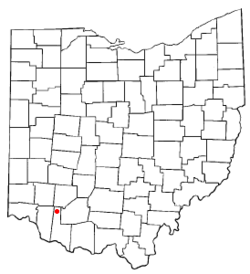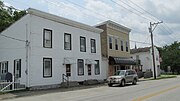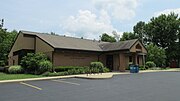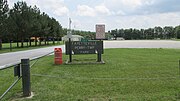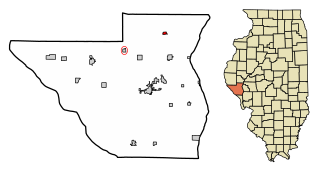
Perry is a village in Pike County, Illinois, United States. The population was 397 at the 2010 census.

Fayetteville is a village on the Kaskaskia River in St. Clair County, Illinois, United States. The population was 384 at the 2000 census.

Perry is a city in Jefferson County, Kansas, United States. As of the 2020 census, the population of the city was 852.

Perry is a city in Shiawassee County in the U.S. state of Michigan. The population was 2,188 at the 2010 census. The city is surrounded by Perry Township, but the two are administered autonomously.

Biehle was a village in Perry County, Missouri, United States. The population was 47 at the 2020 census. The community was founded in 1876 and named after the Biehle family.

Perry is a city in southwest Ralls County, Missouri, United States. The population was 665 at the 2020 census. It is part of the Hannibal Micropolitan Statistical Area.

Mason City is a village in Custer County, Nebraska, United States. The population was 171 at the 2010 census.
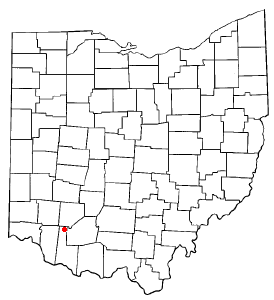
St. Martin is an unincorporated community and former village in Brown County, Ohio, United States. The community is served by the Fayetteville (45118) post office. The population was 200 at the 2020 census. In November 2011, voters chose to unincorporate St. Martin, and it now falls solely under the jurisdiction of Perry Township.
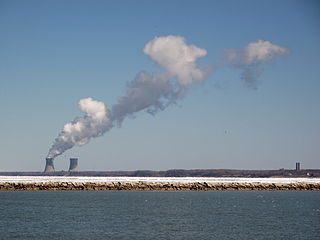
North Perry is a village in Lake County, Ohio, United States. The population was 915 at the 2020 census.
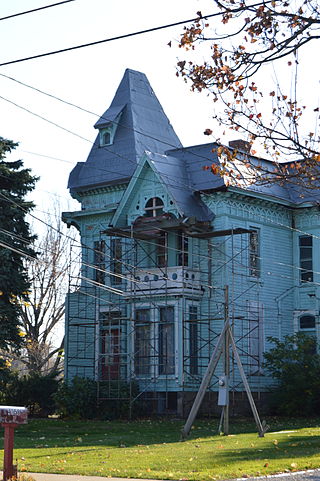
Perry is a village in Lake County, Ohio, United States. The population was 1,602 at the 2020 census.

Hartford is a village in the township of the same name in Licking County, Ohio, United States. The population was 404 at the 2020 census.

Glenford is a village in Perry County, Ohio, United States. The population was 165 at the 2020 census.

Hemlock is a village in Perry County, Ohio, United States. The population was 142 at the 2020 census. The village was originally settled as Coaldale on June 15, 1869, and established as Hemlock on July 15, 1872. A post office was in operation until October 3, 1986.

Junction City is a village in Perry County, Ohio, United States. The population was 721 at the 2020 census.

Rendville is a village in Perry County, Ohio, United States. It is an old mining town in southeastern Appalachian Ohio. The population was 28 at the 2020 census, making it the smallest incorporated community in Ohio.

Shawnee is a village in Perry County, Ohio, United States. The population was 505 at the 2020 census. It is 9 miles (14 km) south of the county seat of New Lexington.
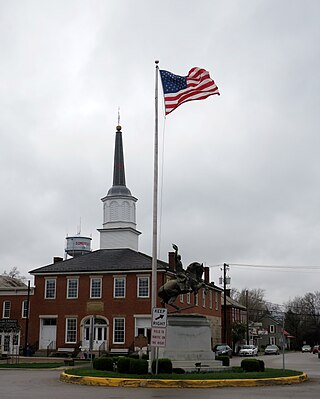
Somerset is a village in Perry County, Ohio, United States. The 2024 population estimate was 1,743 with 619 households. It is located 9.5 miles north of the county seat New Lexington and has a dedicated historical district. Saint Joseph Church, the oldest Catholic church in Ohio, is located just outside Somerset on State Route 383.

Thornville is a village in Perry County, Ohio, United States. It is 20 miles (32 km) north of the county seat of New Lexington. The village had a population of 1,087 as of the 2020 census.

Cloverdale is a village in Perry Township, Putnam County, Ohio, United States. The population was 170 at the 2020 census.

New Auburn is a village in Barron and Chippewa counties in the U.S. state of Wisconsin. The population was 548 at the 2010 census. Of this, 528 were in Chippewa County, and 20 were in Barron County. The village is located mostly within the Town of Auburn in Chippewa County. Small portions extend east into the adjacent Town of Bloomer, Chippewa County and north into the Town of Dovre in Barron County.

